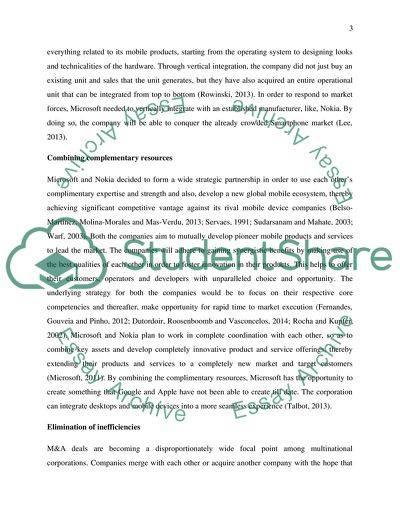Cite this document
(Mergers and Acquisitions Essay Example | Topics and Well Written Essays - 1500 words - 2, n.d.)
Mergers and Acquisitions Essay Example | Topics and Well Written Essays - 1500 words - 2. https://studentshare.org/business/1806948-mergers-and-acquisitions
Mergers and Acquisitions Essay Example | Topics and Well Written Essays - 1500 words - 2. https://studentshare.org/business/1806948-mergers-and-acquisitions
(Mergers and Acquisitions Essay Example | Topics and Well Written Essays - 1500 Words - 2)
Mergers and Acquisitions Essay Example | Topics and Well Written Essays - 1500 Words - 2. https://studentshare.org/business/1806948-mergers-and-acquisitions.
Mergers and Acquisitions Essay Example | Topics and Well Written Essays - 1500 Words - 2. https://studentshare.org/business/1806948-mergers-and-acquisitions.
“Mergers and Acquisitions Essay Example | Topics and Well Written Essays - 1500 Words - 2”. https://studentshare.org/business/1806948-mergers-and-acquisitions.


